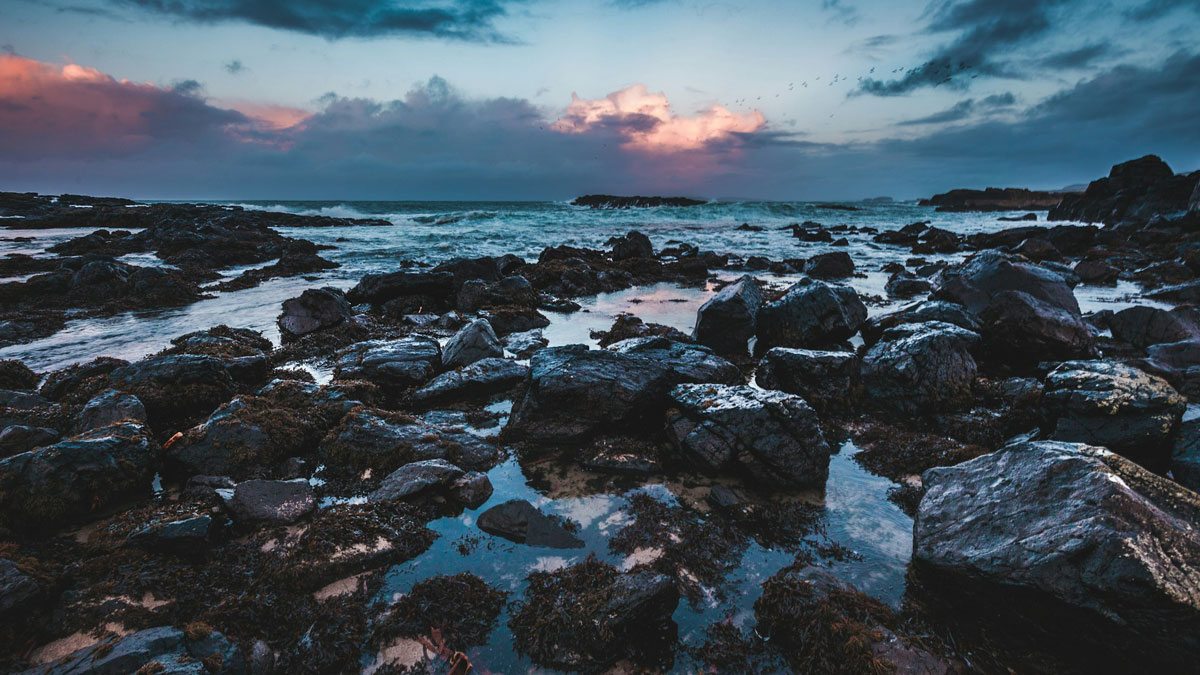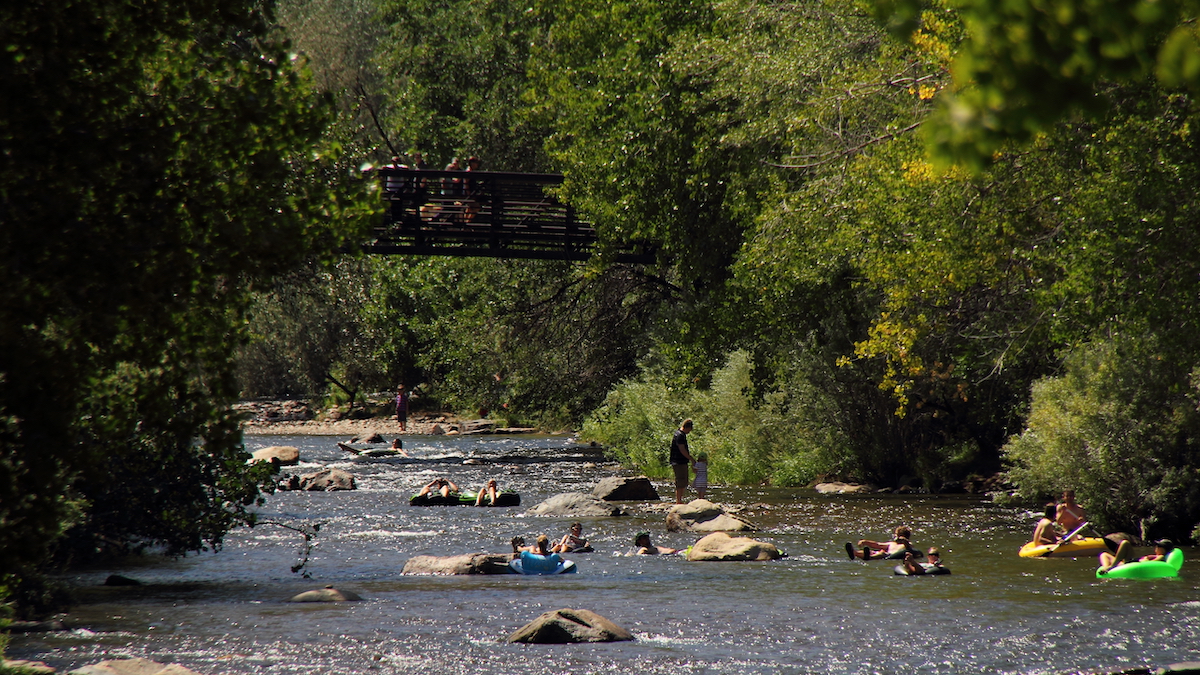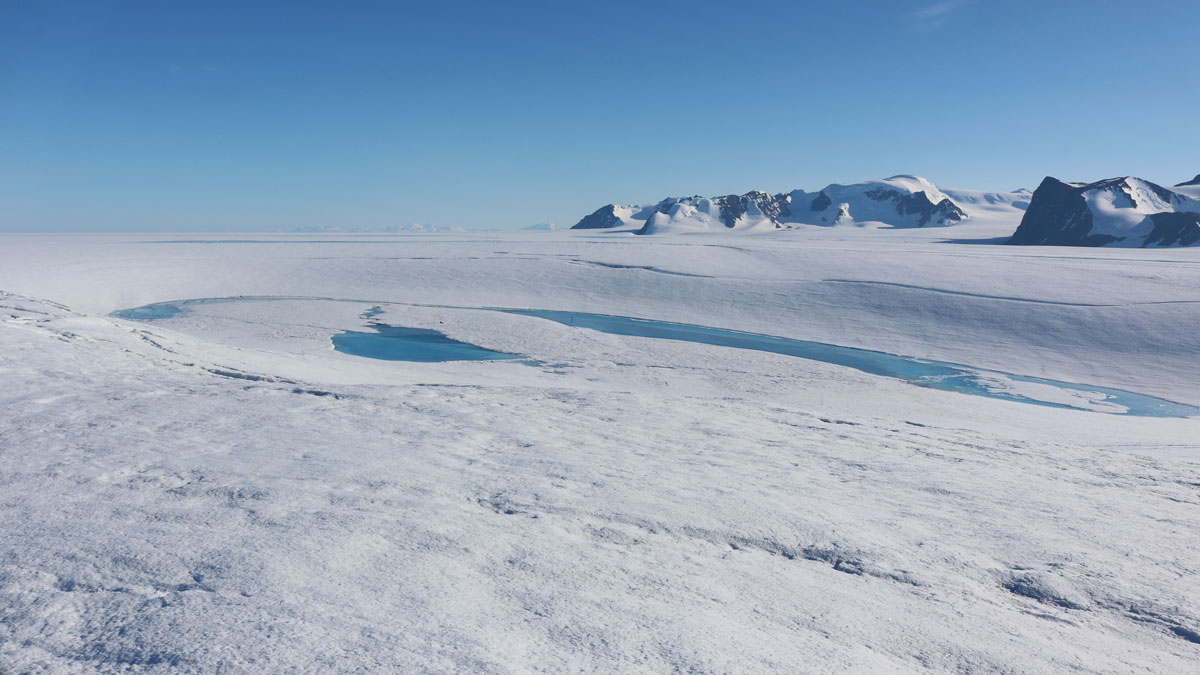Pacific Islander and Hispanic residents of Salt Lake City would benefit most from higher lake levels and reduced dust pollution.
freshwater
Circones de 4,000 millones de años podrían contener nuestras evidencias más antiguas de la existencia de agua dulce
Cristales australianos apuntan a la existencia de agua dulce, así como de continentes que se elevaban sobre el océano Hadeano de la Tierra.
Labor Day Dips Alter Stream Composition
Holiday weekend tubing introduces toxic chemicals and shifts microbial communities in a popular Colorado river.
Concerns over Lithium, Water, and Climate in Earth’s Two Highest Deserts
Brine mining to meet resource demands amid renewable energy transitions is affecting water resources in South America and China. Hydrologists can help understand how and join the search for solutions.
More Than Half of Contiguous U.S. River Water Comes from Ephemeral Streams
The finding has potential implications for water regulations, which don’t currently cover these seasonal streams.
Scientists Find Clues to Atlantic Current’s Future in Ancient Iceberg Debris
Modern ice loss from Greenland rivals the most dramatic episodes of ice sheet collapse.
Four-Billion-Year-Old Zircons May Contain Our Earliest Evidence of Fresh Water
Australian crystals hint at fresh water, as well as land rising above Earth’s Hadean ocean.
Water Scarcity Likely to Increase in the Coming Decades
Hydrological modeling suggests that by 2100 more than 65% of the world’s population might, at least sporadically, lack access to clean water.
Wildfire Smoke Affects the Function of Lake Ecosystems
Smoke-covered lakes see shifts in biological and energy processes that influence food webs, carbon storage, and more.
Antarctic Ice Doughnuts May Hold the Key to Shelf Collapse
The first direct record of ring fractures in Antarctic ice shows how the phenomenon could cause rapid ice shelf collapse.










